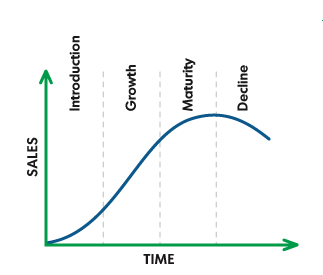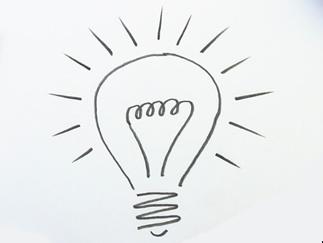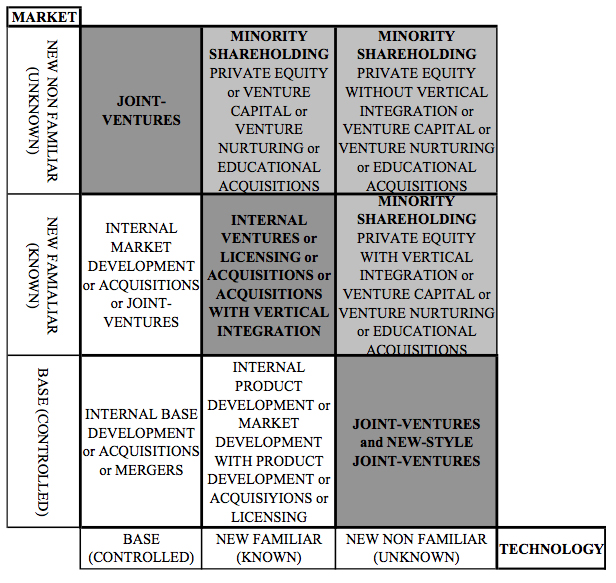Strategic Implications of Business Life Cycle Analysis
Life cycle analysis relies on the belief that there are predictable relationships among the stages of business unit life cycles on one hand, and certain elements of strategy on the other. The typical business life cycle curve is analogous to the life cycle of products. During pre-introduction and introduction, the firm is investing heavily to build sales growth through product awareness and refinement, with emphasis on the latter. Thus profit margin is negative until growth begins to occur. If sales growth proceeds at a high enough rate, then unit profit margin will swing positive during the growth phase. Typically the firm’s emphasis is shifted from product refinement to building market share, thus increasing the length and slope of the curve during this phase. As more and more competitors enter the market, however, share is whittled away. Consequently the product’s growth rate begins to level off and the product enters the Continue reading



